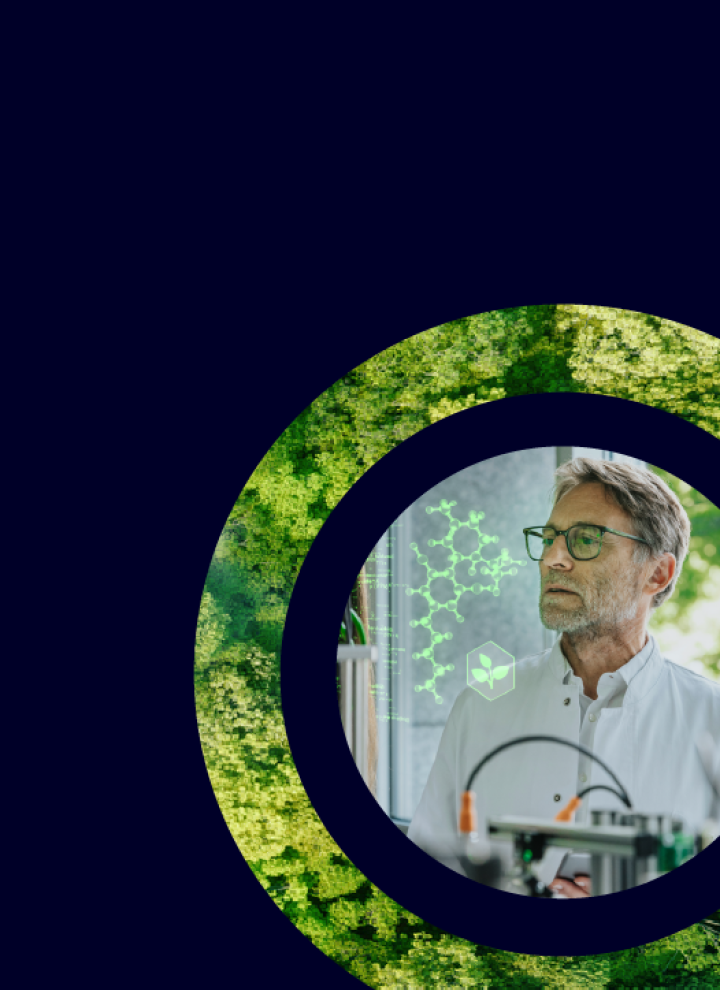
Circular Economy in Medtech
The time to get ready for a circular economy is now
Our client, a leading European MedTech provider, has set an ambitious sustainability target for itself: to become carbon neutral by 2030. A key aspect here is to join the circular economy, which involves recycling and reusing resources as long as possible. An example of where this approach is especially beneficial is with the rare and expensive materials used to build high-tech products for medical applications. Among the advantages are lower material consumption, less pollution, and lower costs, but also minimized dependency on suppliers.
By focusing on the circular economy, the company can more easily comply with current and upcoming regulations, such as the EU taxonomy and the European Green Deal. Moreover, it is in a better position to address market pressures and fulfill the wishes of investors and customers for more environmentally friendly products and solutions.
We accompanied our client on its journey by helping to set meaningful targets and identify circular economy key performance indicators (KPIs), both of which will help the company to drive its circular economy efforts.
Sustainability KPIs and target setting:
For years, the MedTech provider has been dedicated to sustainability and has already made significant progress in this area.
To take its efforts to the next level, the company needed to:
- Introduce more transparency to understand where it stood in its current circular economy efforts
- Determine which KPIs to measure to track its progress on the circular economy and subsequently define meaningful targets
No stone left unturned:
Our consultants here at Siemens Advanta started their discovery journey with an industry benchmarking to see where the client ranked in comparison to its competitors, and which KPIs these companies were tracking.
Next came an internal maturity and potential assessment. Along with examining data, our consultants spoke with people across the company to learn about aspects of the circular economy that were already being implemented, and that were perhaps not yet fully transparent or known to all internal stakeholders. Through this comprehensive approach, no stone was left unturned in determining where the client stood in its circular economy journey and what additional potential might exist.
With this information at hand, it was time to identify the best KPIs. But our team wasn’t starting from scratch; we could refer to a database of some 70 circular economy KPIs, which we have assembled through industry expertise, research, and previously executed projects. The list was narrowed down to relevant and actionable KPIs.
The framework for a more sustainable portfolio:
The project gave the client great transparency on what they were already doing regarding the circular economy. We suggested implementing and tracking KPIs relating to packaging, take-back of strategic materials, and the reduction of waste brought to landfills worldwide, to name a few. The KPIs and related targets are set for implementation as part of a company-wide circular economy program.
To sum up, benefits include:
- Cost savings due to fewer resources – in particular scarce, costly raw materials – are used
- Better preparedness for upcoming regulations and customer/market requests
- Ability to capture new business opportunities around circularity
- Improved reputation and brand awareness
Dive deeper: Related content
Our industry leader





 Contact Us
Contact Us